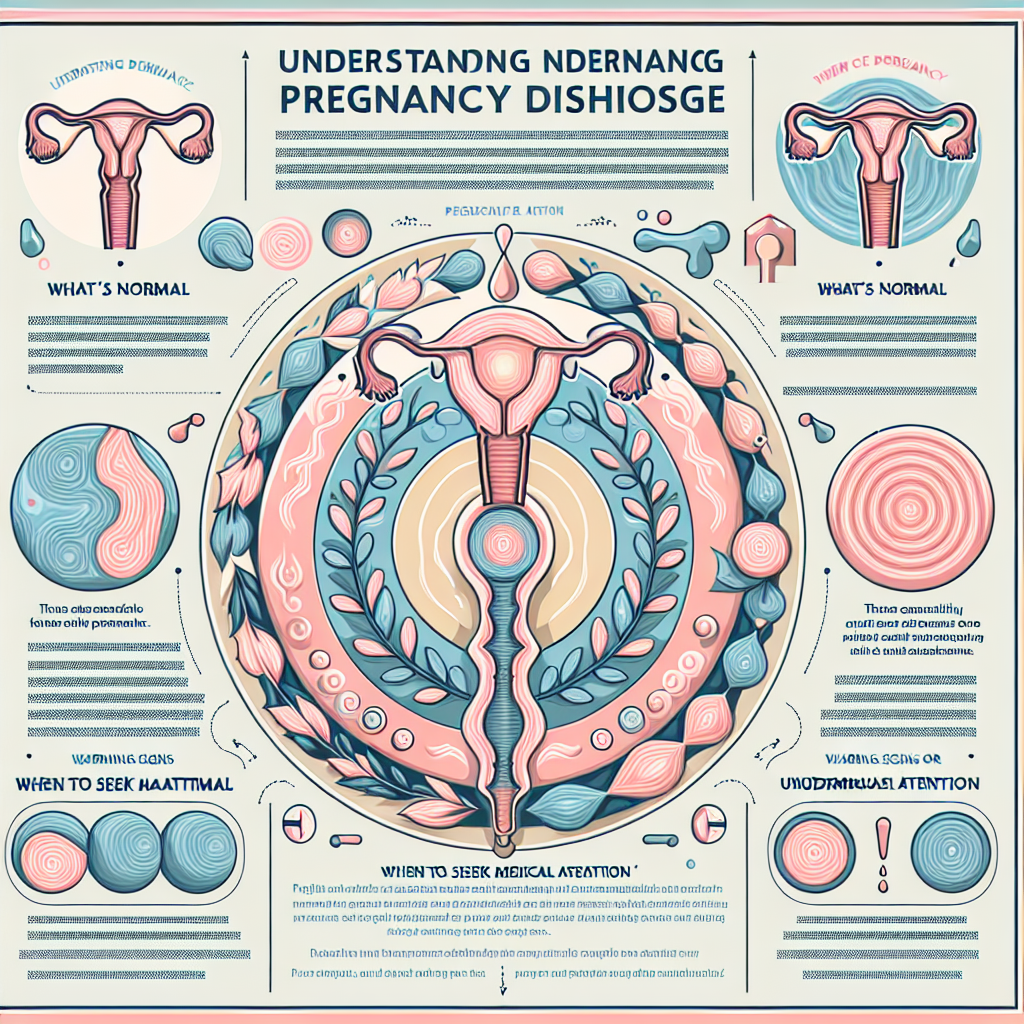Pregnancy is a beautiful and miraculous journey, but it also comes with a lot of changes and surprises, including changes in vaginal discharge. Many women experience an increase in vaginal discharge during pregnancy, which can be normal. However, it’s essential to understand what’s normal and when to seek medical attention to ensure the health and well-being of both mom and baby.
What is Pregnancy Discharge?
Pregnancy discharge, also known as leukorrhea, is a common and normal occurrence during pregnancy. It is the result of increased estrogen levels and increased blood flow to the pelvic area. This increased blood flow stimulates the body’s mucous membranes, leading to an increase in vaginal discharge. Pregnancy discharge is usually thin, milky, and mild-smelling. It serves the essential function of preventing infections and maintaining the pH balance in the vagina.
Normal Pregnancy Discharge
During pregnancy, the cervix and vaginal walls tend to soften and produce discharge to help prevent infections from traveling up to the uterus. Normal pregnancy discharge is typically:
- Thin and milky
- Mild-smelling or odorless
- White or clear in color
- Minimal to moderate in volume
This type of discharge is nothing to be alarmed about and is a natural part of the body’s preparation for childbirth. It’s a sign that your body is functioning as it should to protect the developing baby.
When to Seek Medical Attention?
While pregnancy discharge is mostly normal, there are instances when it may indicate a problem. It’s essential to be aware of the following signs and symptoms that may warrant medical attention:
- Changes in color: If the discharge changes to a yellow, green, or gray color, it may indicate an infection.
- Changes in odor: Foul-smelling discharge may indicate an infection, such as bacterial vaginosis or trichomoniasis.
- Itching or irritation: If the discharge is accompanied by itching, redness, or irritation, it may be a sign of a yeast infection.
- Blood-tinged discharge: While light spotting can be normal, heavy bleeding or blood-tinged discharge should be reported to a healthcare provider immediately.
When in doubt, it’s always best to consult with a healthcare provider to rule out any potential issues and ensure the health and safety of both mom and baby.
FAQs
What causes pregnancy discharge?
Pregnancy discharge is caused by increased estrogen levels and increased blood flow to the pelvic area, leading to an increase in vaginal discharge to protect the developing baby.
Is it normal to have increased discharge during pregnancy?
Yes, it’s normal to have increased discharge during pregnancy. The body produces this discharge to prevent infections and maintain the pH balance in the vagina.
When should I be concerned about pregnancy discharge?
You should be concerned about pregnancy discharge if it changes in color, odor, or consistency, or if it is accompanied by itching, irritation, or bleeding. In these cases, it’s essential to seek medical attention.
Can pregnancy discharge be a sign of infection?
Yes, changes in color, odor, or consistency of pregnancy discharge can be signs of infection. It’s essential to consult with a healthcare provider if you experience any of these changes.
How can I differentiate normal pregnancy discharge from abnormal discharge?
Normal pregnancy discharge is typically thin, milky, mild-smelling, and white or clear in color. If you notice any changes in color, odor, or consistency, or if you experience itching, irritation, or bleeding, it’s best to seek medical attention to rule out any potential issues.
In conclusion, understanding pregnancy discharge is essential for expectant mothers to differentiate between what’s normal and when to seek medical attention. While pregnancy discharge is typically normal, any changes in color, odor, or consistency, or accompanying symptoms should be reported to a healthcare provider for further evaluation. By being aware of what’s normal and when to seek help, expectant mothers can ensure a healthy and safe pregnancy journey for both themselves and their babies.


